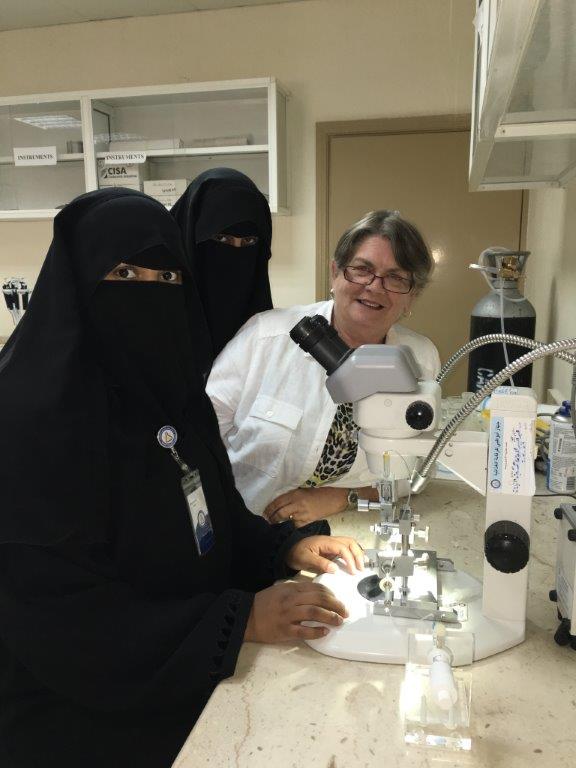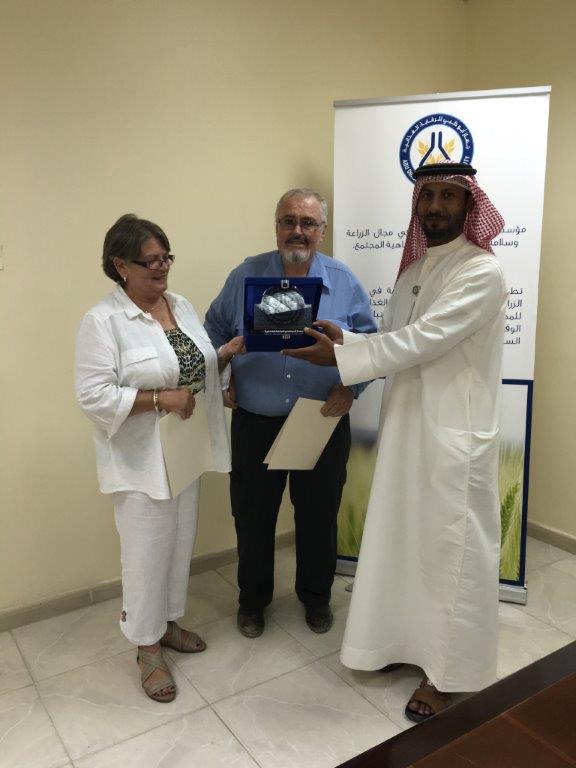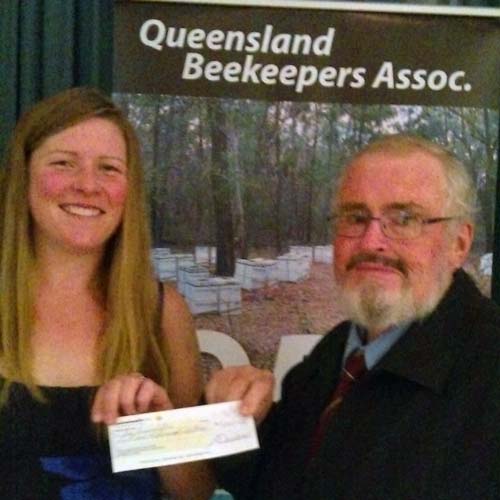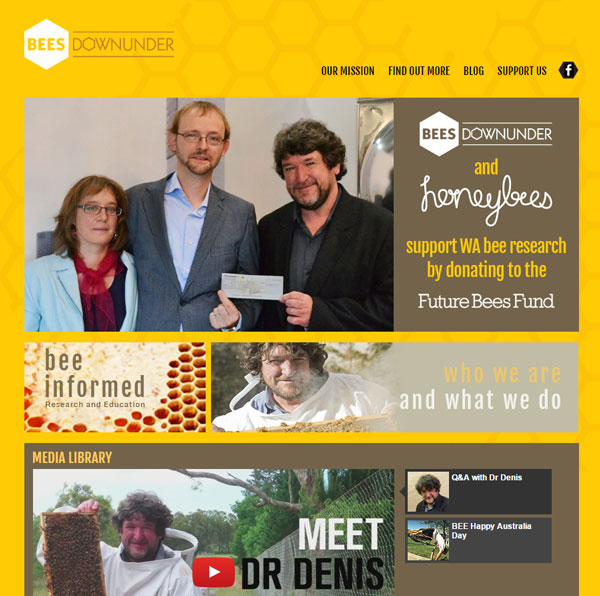We recently sold our highly profitable Manuka (Jelly Bush) Honey enterprise. The word “Manuka” is currently a point of contention between NZ and Australia with NZ claiming the name. But with a little research shows Australia can also give claim to the name. Manuka is a suburb of Canberra famous for its Cricket oval. Manuka is not only New Zealand in name but Aboriginal as well, the local Aboriginals would meet at Manuka to conduct special healing ceremonies. Manuka (the place) is a point where two geographical fault lines meet.
Ever since we built up our Manuka enterprise beekeepers have been asking what is the secret to produce Manuka Honey? The simple answer is Beebuild. A special scientific (www.beebuild.com.au) developed Pollen Replacement Supplement, high in amino acids including the 10 essential for European Honey Bees diet. Note- don’t be caught using cheap extended Chinese pollen- because the pollen grains are being found in the honey, adding to the New Zealand claims that Australian Manuka Honey’s are blends. Bees consume, depending on hive strength, 1-2 kg of pollen per week, per hive.
When working Jelly Bush do not bring in strong triples, for they will eat your honey crop. A good double is my preference. Start feeding Beebuild the moment you put the bees down. This will enable the field bees to zero in on the Beebuild feeder. Do Not leave it go until the hive stored pollen has been used. Yes it can be an expensive exercise. (Yet nearly half the price of imported Chinese Pollen).
Do a cost benefit analysis. Take in the cost to produce good bees, the expense to transport and deliver to site, getting bogged once or twice, this all adds up. Our sites were on loose white sand and the sinking feeling is one part of Jelly Bush production I won’t miss. The labor cost x 2 men. We got to the stage where we left the bees on site all year round. This saved a lot of hard work.
This was our year: Winter (April to July): Wallum country- Tee Tree Heath, Sand Pea, Wild Flowers etc. August: Leptospermum scoparium, Sand Pea, Coastal Gum. September: L. scoparium, L. polygalifolium. October: Leptospermum polygalifolium. November: Leptospermum whitei. December: L. whitei, Leptospermum liversidgei, Grass Trees, Blue Berry Ash. January- late February: L. liversidgei, Saw Tooth Banksia.
As you can see there are other species flowering alongside the 4 main Leptospermum + 3 other Leptospermum species like L. trinervium.
Even with these other species Beebuild was always on offer, checked and topped up every week. As soon as the honey super was full it would be under supered and taken at the first opportunity. I found that on Jelly Bush you needed to keep your bees tight. If there was a dearth in production, we placed vinyl, or heavy black plastic over the brood nest with a 30mm gap all round to allow the bees access to top super. This helped the hive to conserve stores.
When you notice that things are improving we would remove the vinyl-plastic giving the hive, at the same time, a good couple of handfuls of Beebuild to kick start the hive again. If the brood box starts to honey themselves in, remove the two outer frames of honey replace them with two good newly drawn brood comb, with Beebuild rubbed into them. Place these two comb 2 spaces in from the side wall. Do not place brood comb into honey super. Take it home with you. (disease control). This may seem like a lot of work, but with the rewards- up to 12 times that of normal honey price, even blind Freddy could see the benefits.
Warning don’t over stock the resource. We maintained half loads per site 50-60. Don’t forget to requeen annually, March- February is an opportune time.
You may also need keep a backup apiary, on good build conditions, to supply that bit of extra brood or that odd Queen or two that somehow goes missing.
Bee Race preferred. We have tried both Yellow and Black lines and found Blacks keep a tighter brood nest with good stores around the brood.
Take home message Bee Build works. Those who use it are able to produce large crops of honey on flowers which are known for Bee Number Collapse. Short life span -skinny bees not fat bees.
Acknowledgement:- Dr D. Sommerville, Dr R. Manning, RIRDC “Fat Bee Skinny Bee” RIRDC Publication No. 05/054. Dr C. Davies QDPI Food Science Lab., Mr. Peter Warhurst QDPI Apiary Officer, Mr. Thomas Harding Research Assistant.
Laurie Dewar OAM





